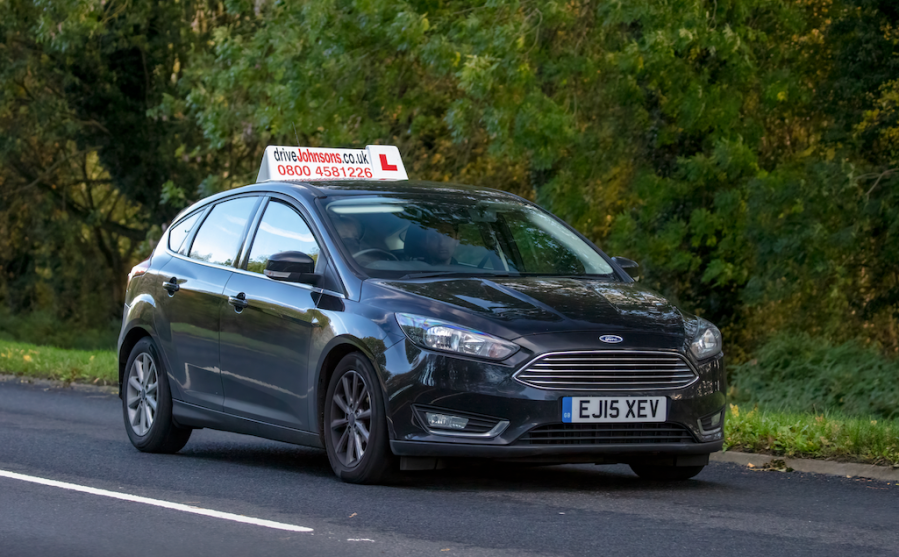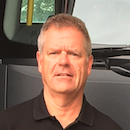We want to help create a brand new generation of drivers who understand the dangers of passing horses too quickly on the roads — and this needs to happen while they are still a learner. As Director of Safety at The British Horse Society, I feel very grateful to be in a role where I can work closely with so many different organisations and groups of people to help influence change on a topic that I am so passionate about. I’ve had some very positive conversations over the last few years about equine road safety, and it has been rewarding to hear drivers’ thoughts evolve and change when it comes to how they should pass equestrians.
So many motorists are not equestrians and, therefore, may have never been exposed to horses and their behaviours before. For this reason, it is possible that they are unaware of why it is so important to pass horses with great care. I think it is essential, for all equestrians who enjoy riding and hacking, that we change this. My safety team is always finding new ways to inform, involve and guide as many people as possible about the power of horses and how to pass them safely.
Reaching learner drivers
A key part of this is considering how we can reach learner drivers. We try to be involved in this process as much as we possibly can. My day often consists of working and liaising with a number of driver instructor associations and organisations, with the aim of reaching young people who are taking their first steps to becoming confident motorists.
It has been great to have the opportunity to attend many National Driving Instructor events and partner with the Approved Driving Instructors National Joint Council (ADINJC), the Motor Schools Association and Intelligent Instructor conventions. I’ve been fortunate enough to deliver some key speeches and engage in many thought-provoking conversations. These have been useful ways to help reinforce the importance of setting out the rules included in the Highway Code and to ensure that it continues to be a key part of people’s learning.
Our Rural Roads Track, an interactive model to educate attendees, along with a 360° video presentation, which is from the perspective of the driver, have both proven to be effective tools for this driving group too. For those who may have never passed a horse on the road before, it has been helpful to be able to simulate encountering equestrians in as realistic a setting as possible.
Educating experienced motorists
We recognise that it isn’t just a case of educating the younger generation and learner drivers about horses, and there is great work to be done with all road users. I know this from speaking to equestrians who have said that they have had negative encounters with experienced motorists. In fact, a few have said that their experiences with young drivers have been more positive than those who have been on the roads for longer.
I hope this has been a direct result of all our efforts; it is great to see that the conversations we are having with every driving organisation we work with are making an impact. Regular communication with all motorists will go a long way, and I am so pleased to be playing a part in helping to create a generation of drivers that understand the dangers of passing horses too quickly or closely.
Related content
- What the Highway Code really means for horse riders
- Operation Snap: why more horse riders need to use it
- Latest data shows that a horse dies on the road every week
- Alan Hiscox diary: seeing your horse badly injured on the road is something you never forget
- Horse rider road safety: things you can do to make the roads safer









